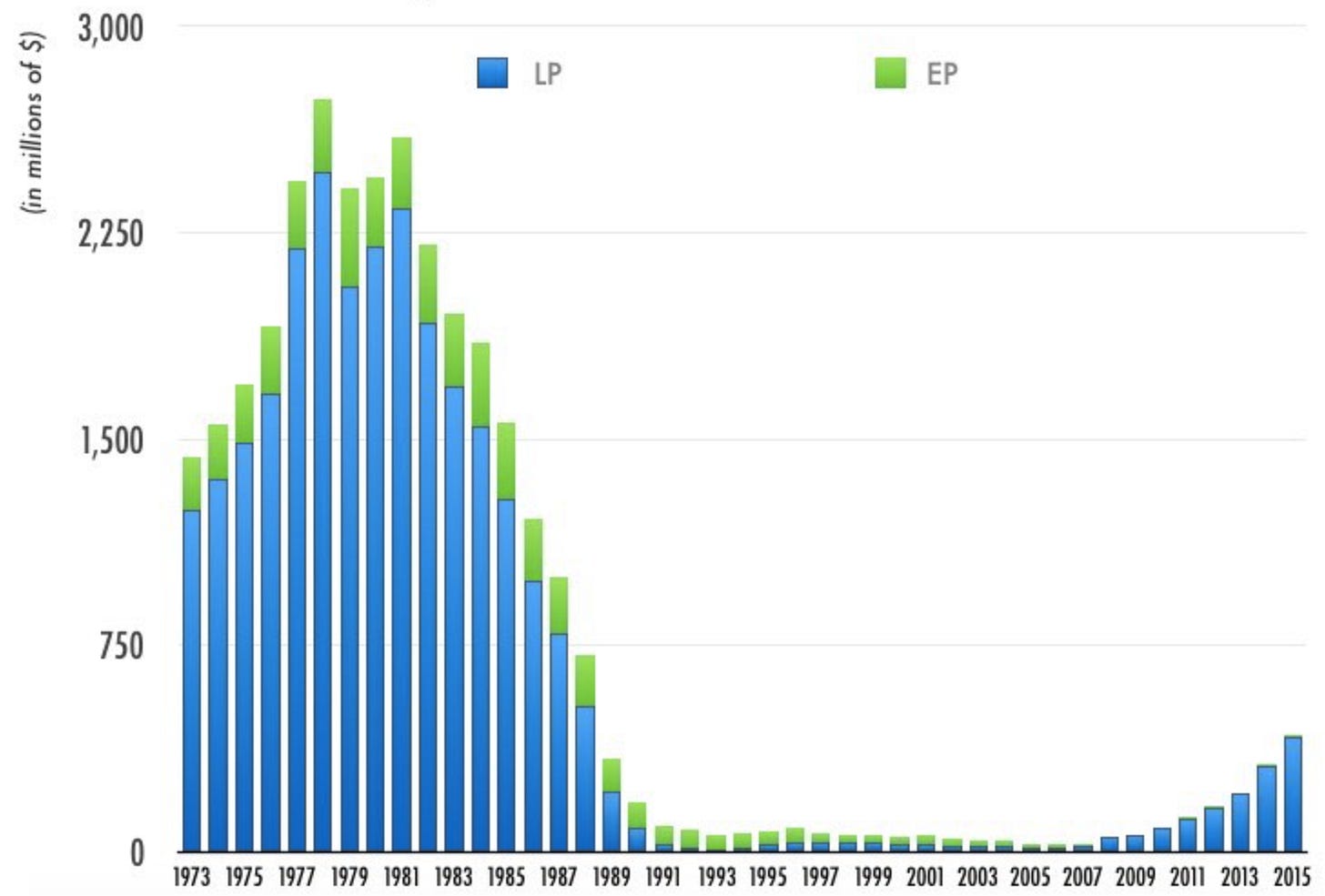Justify Every Word
It takes a lot of work to say just one thing
The other day, someone reached out to ask whether I’d be willing, for a class they teach, to discuss my writing process. I’d already been thinking about writing a post about, well, how I write these posts, so here goes. While I generally write about climate change, I think the ideas here should be helpful to anyone who is trying to convey complex ideas in writing.
(My decision to choose this topic was in no way influenced by the fact that, just for once, I wouldn’t have to do any research.)
The Whole Point Is to Explain One Point
Climate change is a complex topic, and everything relates to everything else. It’s a challenge to figure out what material belongs in any particular piece. Eventually I settled on approach of building each post to communicate a single idea. That might sound obvious, but it’s actually fairly unusual. Most writing may center around a single topic, but contains a whole cluster of ideas related to that topic.
By selecting a single central topic for each post, I get a yardstick for deciding what to include: does this detail directly support the main idea? Even more important, by explaining the central idea up front, I can help the reader hold the supporting ideas in their head; they know what they are expected to take away.
The entire goal, then, is to get one point across and help the reader internalize it. Here are the ideas expressed in a few recent posts:
We Can Do Better Than “Same, But Electric” – when we electrify a product, we can usually make it better than the original, in ways that help drive adoption.
Should We Demand Less Supply, Or Supply Less Demand? – it’s more productive to promote green solutions, and thus reduce the demand for fossil fuels, than to use policy changes or disinvestment to restrict fossil fuel supply.
I Liked The Idea Of Carbon Offsets, Until I Tried To Explain It – the most common form of carbon offset is fundamentally incapable of getting us to net zero emissions.
In other words, I try to craft posts that can be expressed in a single sentence. So why do I usually write more like 1500 words? Why yes I do like to hear myself talk, thank you for noticing, but of course there’s another reason. It’s easier to internalize and retain an idea if you’ve seen how it works: “show, don’t tell”, as the saying goes. Everything I put into a piece is intended to show the reader the logic behind the idea, why it’s important, and how it plays out in the real world.
It’s Surprisingly Hard To Figure Out What My Point Is
When I sit down to write a piece, I usually have a clear idea of what point I want to make, and that idea is usually wrong.
I come in with a lot of material – thoughts, links, and notes – that I’ve accumulated in advance. Even if I (think I) have it all laid out clearly in my head, it generally takes a lot of work to wrestle that material into service of the core idea. In fact, more often than not I find I’m unable to make it fit. This means that either the idea was flawed, or what I thought was the main idea is actually just a sub-point.
The solution is to change the thesis, drop some material, or both. I usually wind up adjusting my thesis at least once. I may wind up arguing an entirely different point than I started with, and I always learn things along the way: this process is terrific for refining and deepening your grasp of an idea. (I learned a lot about my writing process while hashing out this post!)
Changing a thesis is difficult. It means taking a step backward, rethinking everything I’ve done so far, and (often) throwing away chunks of finished prose. But it’s critical to have the discipline to start over when a piece doesn’t gel. For good writing, the goal cannot be to prove a point you’ve decided in advance, or simply to crank out 1500 words; the goal must be to find the best answer you can to the most central question, and finding that question can be as much work as explaining the answer.
For instance, two posts back, I wrote about how the explosive growth of renewables follows an exponential curve. To follow up, I planned to center the next post on something called a “logistic curve”, which models the phase where market saturation causes exponential growth to flatten out. However, I found myself adding more and more material about the market gaps that remain unaddressed when that flattening occurs, until eventually I changed the title to Mind the Gaps and dropped all mention of logistic curves entirely.
A Bad Title is a Good Tell
I divide these posts into sections, one for each major supporting idea. I need a title for each section, as well as a title for the post itself.
The title should convey the main idea of the post (or section), and should draw the reader in. Sometimes that good title is hard to find. This is usually a sign that there’s something wrong with the material. A good piece of writing should have a clear point, and that point should be surprising or at least interesting. These elements combine to support a good title, so title difficulties are a good “tell” that the piece hasn’t gelled yet.
For post titles in particular, I strive to find a title that is pithy or intriguing. Here are two I’m happy with:
Sometimes I get too focused on “pithy” and don’t actually convey the main idea. For instance, Mind the Gaps was about the need to identify areas where additional work is needed to ensure a rapid path to net zero emissions. The title alludes to the idea, but fails to explain it. I’m not sure whether it would have been better to go with something clunky but descriptive, like “To Hit Our Climate Goals, We Need To Identify And Tackle A Lot Of Unaddressed Sectors”.
The original title for this piece was “How I Write This Blog”, which is (a) boring and (b) doesn’t convey an idea. This bad title was a tell that I was trying to jam two themes into one post: how I come up with ideas+material, and how I turn that into a finished piece. Once I recognized the problem, I decided to focus on the second part; the first went back into my mountain of notes for future writing.
Iterate The Outline, Not The Prose
I’ve explained how a post often evolves substantially during the writing process. It’s much easier to make these changes at the outline stage, before I’ve sweated over prose that I’ll be sad to discard.
I’m very good at this when writing computer code, but somehow that skill has not translated to blogging. I do try: I choose a thesis, then take my source material – a messy pile of bullet points, links, and quotes – and shove it around into sections that seem to flow. I set aside material that doesn’t seem necessary to support the thesis. (If that’s important material, then I may have the wrong thesis.) For each section, I write a couple of bullet points to summarize the material in that section. Then I review: does the outline flow? Does it support a coherent point?
But despite all this work, when I start fleshing out a section, often something won’t feel right and I’ll wind up having to rethink the entire piece. I am trying to develop the skill of playing out the flow in my head at the outline stage, but I’m not there yet.
Invest In Great Examples
In the spirit of “show, don’t tell”, I try to rely heavily on concrete examples. A lot of thought goes into each one. Every example should:
Directly support the point being made. In We Can Do Better Than “Same, But Electric”, the examples needed to be electrified products that are in fact superior to their non-electric predecessors.
Be something the reader is likely to be familiar with, or at least will have an intuitive understanding of. Tesla is well known for producing desirable cars, so that’s a good example of “electric and better”.
Be realistic. An unrealistic example will distract or confuse the reader. This also provides a quality check: if I can’t find a realistic example to support an argument, the argument is probably weak. I frequently revise my arguments because of this.
A bad example can send the reader’s intuition in the wrong direction. A while back, I wrote about greenhouse emissions from wasted food. Suppose I had used an example of a lavish party where caviar went uneaten. That would lead the reader to think about conspicuous consumption and income inequality – which have very little to do with the primary causes of food waste.
Finding the right example can be a lot of work! It’s hard to check all those boxes. For instance, in one recent piece, I used this graph of vinyl record sales to illustrate how a new product (CDs) can quickly take over a market:
Unfortunately, it’s a cheat. While CDs clearly played a major role in displacing vinyl, CD sales didn’t start to become significant until 1985 or 1986. The initial decline in album sales had nothing to do with CDs; it was caused by a shift to cassettes, along with a temporary dip in overall music sales. I ran with this example anyway, because it’s intuitive – everyone knows the story of vinyl being displaced – and I didn’t realize the flaw until I’d already spent a fair amount of time telling the story. But I felt dirty.
A Picture Should Earn Its Thousand Words
The ideal picture should be a pithy encapsulation of the section it appears in, and support the reader’s intuitive understanding. In other words, it takes on the job of a title and the job of an example.
That’s hard! I spend a lot of time thinking about how to convey a concept visually, and a lot more time finding the right picture. Often I fail. That can mean my outline is still flawed, but often it just means that the image I have in mind simply isn’t there to be found. For instance, in my piece on carbon offsets, I used “kid with a messy room” as a metaphor for “industrial facility emitting greenhouse gases”:
The keen-eyed observer will note that there’s no actual kid in this photo! I absolutely could not find a good picture of a child in a messy room. Also, frankly, this is not a very impressive mess; either of my kids could do better.
Incidentally, captions are often a good place to incorporate humor. Humor can make a piece more fun to read, sure; but it’s also yet another way to drive the point home. I was happy with this one:
Here, I was just hoping to find some carbon-capture-ish-looking machinery. The two guys talking were an unexpected bonus; people in a photo almost always make it more interesting.
Trim Until It Hurts
When a piece is done… OK that’s already a lie: no piece ever feels done to me. But when I’ve incorporated all of the material that I honestly think is necessary, it’s time for editing. I read the entire piece, top to bottom, at least twice. I’m checking for flow, fiddling with the prose… but also trimming everything that doesn’t seem essential, now that I know exactly what point I’m trying to make in each section. That might mean removing individual phrases or entire paragraphs. The goal is to ensure that every word serves the goal of the one main idea.
In Summary, The Entire Piece Should Support The Summary
When discussing complex topics, it’s a good idea for each piece of writing to focus on a single thesis. By presenting that thesis at the beginning, you give the reader a mental framework on which to attach all of your supporting material as they read it. Along the way, every detail that you include should be justified by its direct support of that thesis. At the end, you should restate your point; this helps the reader to consolidate everything they’ve just absorbed.
(See what I did there?)







"Along the way, every detail that you include should be justified by it’s direct support of that thesis." should be "its direct support."